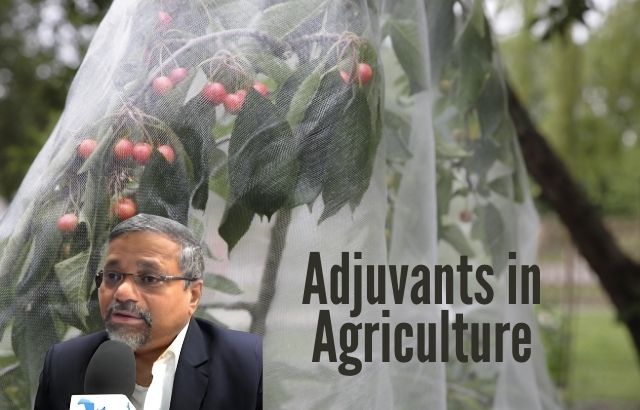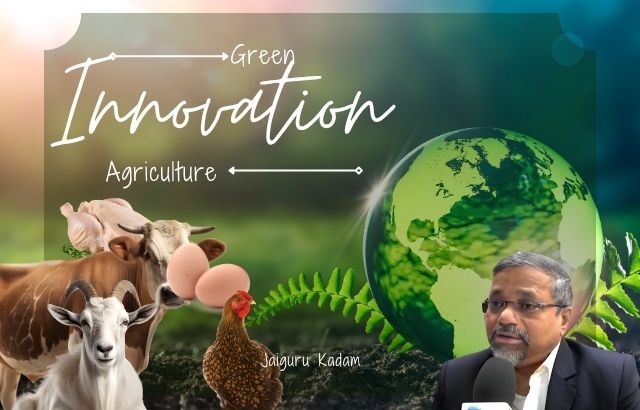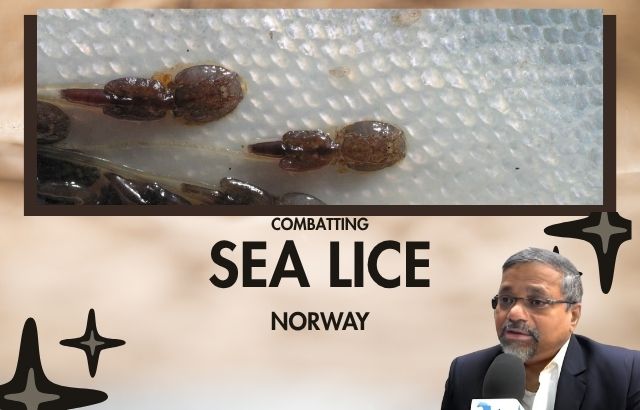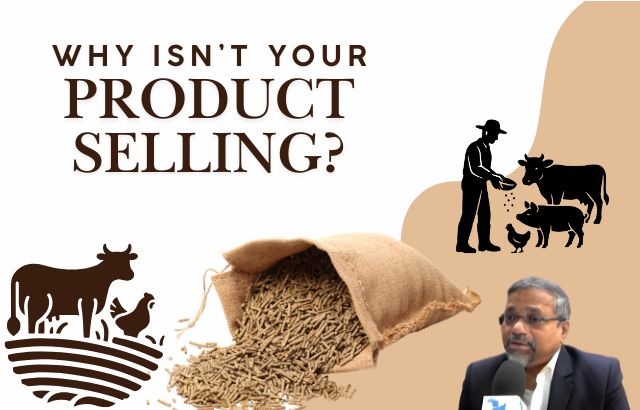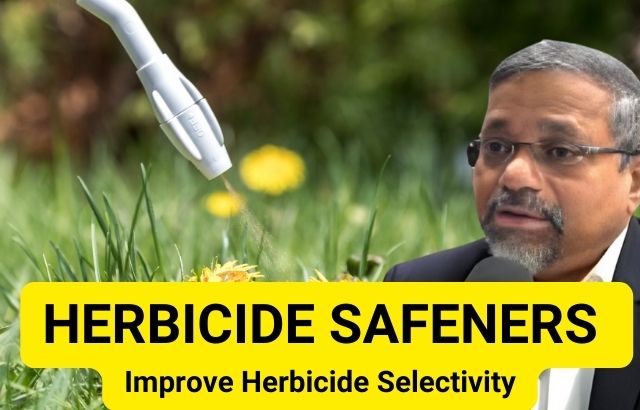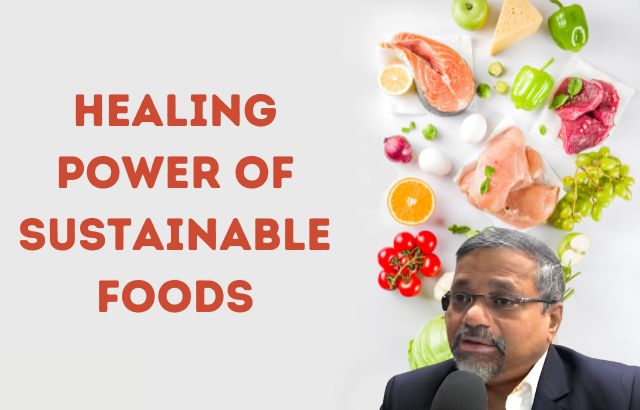In the ever-evolving field of agriculture, farmers and agronomists are continually looking for ways to improve the effectiveness of crop protection products, enhance yields, and reduce environmental impacts. One crucial component that is often overlooked but plays a pivotal role in achieving these goals is adjuvants.
What Are Adjuvants?
Adjuvants are substances or mixtures added to pesticides or herbicides to enhance their effectiveness. They can modify the behavior of the active ingredients in these chemicals, allowing them to work more efficiently, whether it’s improving the spread, absorption, or sticking power of a pesticide on plant surfaces.
While adjuvants are not necessarily active ingredients themselves, they play a vital role in the overall success of agricultural applications. They can be classified into various types based on their specific functions and how they assist in the performance of plant protection products.
Types of Adjuvants and Their Roles
- Surfactants
Surfactants lower the surface tension of water or pesticide sprays, which improves the spreadability and wetting of the product on plant surfaces. This increases the coverage and uptake by plants, enhancing the efficacy of pesticides.Example: A nonionic surfactant like Activator 90 is commonly used with herbicides to ensure better coverage on waxy plant surfaces. - Stickers
These are substances that help the pesticide adhere more firmly to the plant’s surface. Stickers prevent the product from washing off due to rain or irrigation, ensuring longer-lasting protection.Example: Turbot is a widely used sticker that helps improve the retention of insecticides and fungicides on plant surfaces, even in wet conditions. - Dispersing Agents
Dispersing agents help to break down concentrated pesticides into smaller particles and evenly distribute them throughout the spray solution. This ensures that the pesticide is effectively delivered and properly spread on the plant.Example: Synperonic is a dispersing agent that improves the distribution of fungicides on crops, increasing their effectiveness. - Drift Control Agents
Drift control agents reduce the fine spray droplets that can be carried away by the wind, ensuring that the pesticide reaches the target area without affecting non-target plants.Example: Vivant is a common drift control agent used in large-scale applications like aerial spraying to minimize off-target deposition. - Buffers and pH Adjusters
Some pesticides are more effective at specific pH levels. Buffers and pH adjusters help maintain the optimal pH for pesticide performance.Example: BufferpH is a popular product used to adjust the pH of water when applying herbicides like glyphosate, ensuring maximum effectiveness.
The Role of Green Innovators in Adjuvant Development
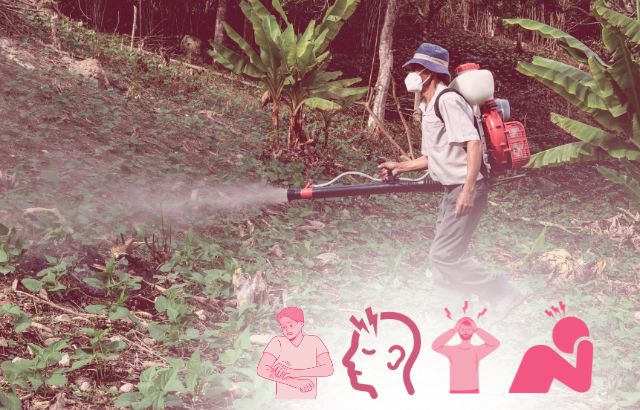
The agricultural industry is undergoing significant transformation, driven by sustainability and the need for more efficient crop production methods. Green innovators like Jaiguru Kadam are spearheading efforts to make agricultural practices more sustainable through the development of eco-friendly adjuvants. These innovators work on creating formulations that not only improve the efficiency of pesticides but also have minimal environmental impact.
Jaiguru Kadam, a notable Green Innovator, focuses on developing adjuvants that:
- Improve pesticide absorption with minimal waste.
- Use renewable resources for production.
- Enhance the biodegradability of products.
- Help in reducing the chemical load in the soil and water systems.
Through research, trial, and error, Kadam has helped design sustainable, low-impact adjuvants that ensure that modern agriculture remains both productive and environmentally responsible.
Example Calculations by Agriculture Green Innovator Jaiguru Kadam
Scenario 1: Calculating the Impact of Surfactants on Pesticide Coverage
If a pesticide normally covers 1 hectare with 5 liters of spray solution, but with the addition of a surfactant (1% by volume), the coverage increases by 25%.
- Without surfactant:
Coverage = 5 liters/ha - With surfactant:
New coverage = 5 liters x (1 + 25/100) = 6.25 liters/ha
Thus, the efficiency improvement is 1.25 liters per hectare, reducing the need for additional pesticide application and minimizing environmental impact.
Scenario 2: Reducing Pesticide Drift with Drift Control Agents
Let’s assume that an application typically results in 20% drift, and a drift control agent can reduce that drift by 50%.
- Without drift control:
Drift = 20% of the total pesticide = 20% x 10 liters = 2 liters - With drift control:
Reduced drift = 50% of 2 liters = 1 liter drifted.
Thus, by using a drift control agent, the farmer saves 1 liter of pesticide, ensuring that more of it is applied to the crops rather than wasted.
Ask Jaiguru – Frequently Asked Questions (FAQs)
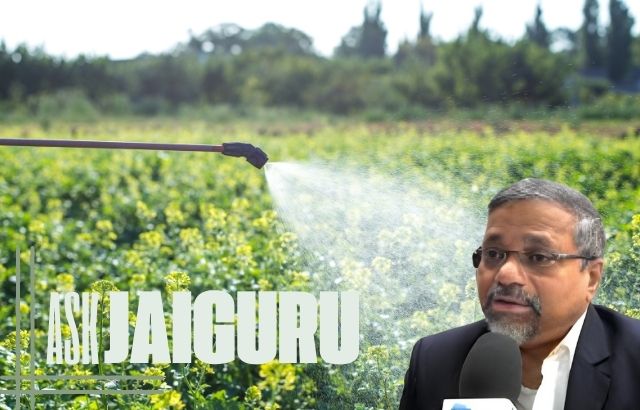
1. What is the main function of an adjuvant in agricultural sprays?
Adjuvants enhance the effectiveness of pesticides, herbicides, and fertilizers by improving the spread, absorption, retention, or dispersion of the product.
2. Are adjuvants always necessary?
While not always necessary, adjuvants can significantly improve the performance of crop protection products, especially in challenging conditions or when dealing with difficult-to-treat pests or plants.
3. Can adjuvants be harmful to the environment?
When used correctly, adjuvants improve pesticide efficiency, which can help reduce the overall chemical load in the environment. However, overuse or incorrect application can lead to unintended environmental consequences. It’s important to follow manufacturer guidelines.
4. How do I choose the right adjuvant?
The selection of an adjuvant depends on the type of pesticide, the crop, and the environmental conditions. Consulting with agronomists or reading the label of the pesticide can provide guidance on the most suitable adjuvant.
5. Are there organic or eco-friendly adjuvants?
Yes, many green innovators are now developing organic or biodegradable adjuvants made from natural ingredients, such as plant oils, that are effective yet environmentally safe.
Conclusion
Adjuvants are indispensable tools in modern agriculture. By improving the efficiency of pesticides, herbicides, and other agrochemicals, adjuvants not only help increase crop yields but also reduce the environmental impact of farming. As green innovation continues to drive the development of more sustainable agricultural practices, the role of adjuvants in achieving these goals cannot be overstated. Through the work of innovators like Jaiguru Kadam, the future of agriculture looks more efficient, sustainable, and environmentally friendly.

